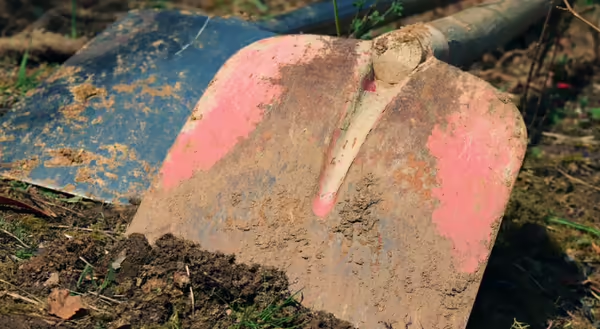
Your ambition to start your summer vegetable garden is stunting your tomato and pepper plants.
This Sunday, let Mom distract you from the gardening itch.
She is worth the time and your warm-season plants will thank you for waiting.
I learned this lesson personally last year. I transplanted tomatoes and peppers on May 15, May 22 and May 31; then, I witnessed the May 31 planting surpass earlier plantings. Later planted transplants benefit from higher average temperatures. The average last frost date for Central Illinois is April 27. However, Illinois’ historical weather records indicate a 10 percent chance of frost on May 15. Many people don’t know that temperatures well above freezing are a threat to transplants.
Early planting and seasonal low temperatures in early to mid-May spell disaster for warm-season vegetables, stunting your plants and your dreams of summer harvests, too. Stunted plants exhibit little-to-no growth the first month in the soil, and slow growth can potentially persist all season. Protect these tender plants; plant tomatoes when temperatures are consistently above 50 degrees Fahrenheit and 55 degrees Fahrenheit for peppers. These averages typically occur in the last ten days of May or first week of June.
In addition to suitable temperatures, one key reason why later-planted peppers and tomatoes surpass their earlier planted cohort, longer daylength. As days lengthen in late May, plants have more day length to bask in the sun and photosynthesis. The two factors, warmer temperatures and longer daylength, form a one-two punch of optimum growing conditions.
I know what you’re thinking: you’ve always planted this early, and you get a harvest sooner or later, so what’s the big deal?
Considering experimenting this year. Divide your pepper and tomato crop plantings among two planting dates:
-
Early May, on your preferred planting date
-
Late May – Early June, May 21 – June 7
After planting,
-
Evaluate growth performance weekly.
-
Evaluate plant health throughout the growing season.
-
Evaluate time of fruit set and time of first harvest.
Is one group outperforming the other, or is there no difference?
Keep a record. Every good scientist, every good farmer uses these trials for learning experience; it is how we improve our scientific study, it is how we improve our plantings. When the growing season ends, report back on your findings.
In the meantime, delay your warm season planting, Mom, and the plants, will appreciate it.
PHOTO CREDIT: manfredrichter on Pixabay
ABOUT THE AUTHOR: Nick Frillman is a Local Foods and Small Farms Educator serving Livingston, McLean & Woodford counties. A fourth-generation graduate from University of Illinois, Frillman has a B.A. with a double major of Political Science and Spanish and a M.S. in Crop Science with a focus on crop production. Before joining Illinois Extension, Frillman completed a field season of CSA and farmers’ market style production at a small “beyond-organic” vegetable farm in Sandy, Oregon.